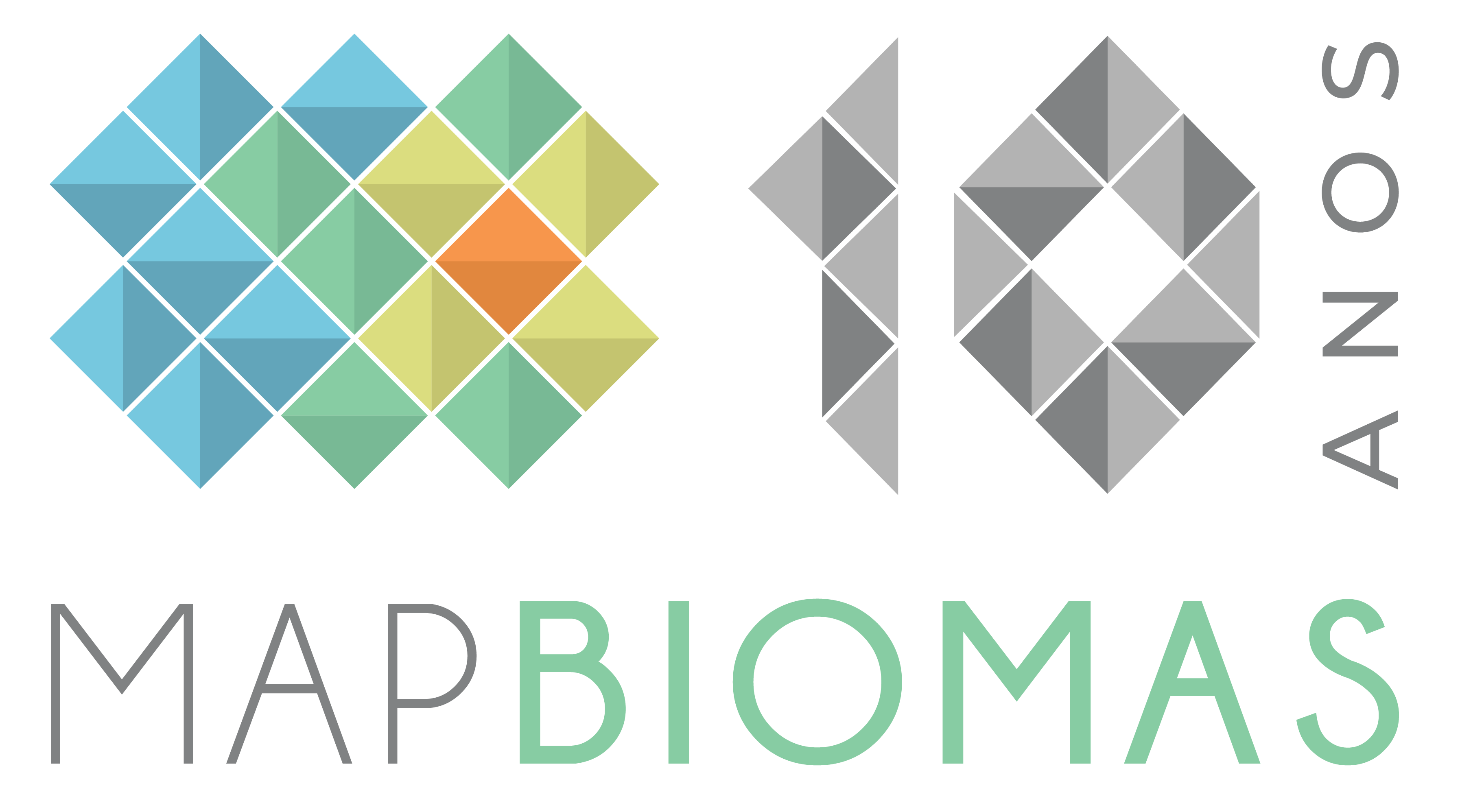Experts from the Asian country were trained by the Brazilian MapBiomas team for the launch of the land use mapping platform
Indonesia will now have its own land cover and land use mapping platform. MapBiomas Indonesia's Collection 1 is the first initiative outside of South America to utilize the methods of the collaborative MapBiomas network. Indonesian analysts were trained by experts from Brazil. The result is the outcome of South-South cooperation on classification algorithms using images captured by NASA's Landsat satellites to detect changes in land cover during the period from 2000 to 2019.
According to Timer Manurung, coordinator of MapBiomas Indonesia, the most important result is the collaborative effort and transparency that the platform offers. 'Collaboration indicates to what extent we can encourage complementary efforts, and transparency means that relevant decision-making by the government and stakeholders, such as concessions, can be challenged by this type of data,' he comments.
MapBiomas Indonesia includes 10 different classes of land cover and land use - from mining and palm planting to natural forest. According to Timer, 'this is the first platform that, at the same time, shows many land use classes on the same platform and also shows the dynamics of land cover.' At the launch event, broadcast live from Indonesia on Wednesday (10), Tasso Azevedo, general coordinator of MapBiomas, stated that each MapBiomas initiative is at a different stage of development and emphasized that it is 'a building process.' 'Every year we will have something new in each region,' he concluded. 'I welcome the exceptional moment we are experiencing with the launch of Collection 1 of MapBiomas Indonesia.'"
According to the results already presented, Indonesia has lost 12,885,851 million hectares of forest, with 60.4% of this area converted to agriculture. The data tells a story of natural forest loss, replaced by millions of hectares of agriculture, palm oil plantations, and timber for pulp. Previous studies have already demonstrated this, but MapBiomas Indonesia data shows this transformation in more detail and also tracks the spread of urban and agricultural areas. 'For the population, the platform will fulfill its role significantly by generating more transparency in land cover and land use. As for the government, the platform significantly aids better development planning,' concludes Timer.

